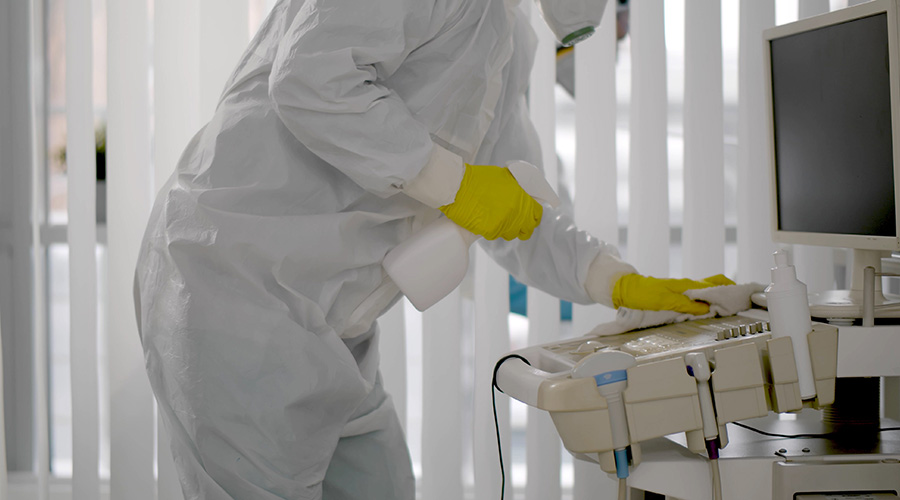Foodservice operations are known to rack up some of the highest energy costs of any sector, according to the U.S. Department of Energy. The healthcare industry follows close behind – and the combination of foodservice with healthcare, such as a hospital cafeteria, can reach staggering heights if not carefully monitored.
A recent article in Healthcare Design magazine examines how the healthcare sector can learn some valuable lessons from a foodservice energy reduction initiative at a prominent institution – Harvard University. Committed to a 30-percent reduction in greenhouse gas emissions with corresponding decreases in energy costs university-wide by 2013, Harvard officials zeroed in on its foodservice operations, Harvard University Dining Services (HUDS), as a key target for increased sustainability initiatives. Such efforts included revamped purchasing processes and the incorporation of sustainable design principles for new construction and renovation.
According to the article, the process, which began with initial kitchen assessments back in the mid-1990s, has resulted in the continuous upgrade of one to two kitchens per year over the course of 10 years. The university has achieved more than $245,000 in annual utility savings alone from simple design changes through the use of new refrigeration controls, exhaust controls, dishwashing equipment and refrigeration waste heat capture in both new construction and retrofits in renovated spaces. And in 2006, the university received the nation’s first LEED Silver for Commercial Interiors certification for its Mather/Dunster House kitchen.
As the article notes, Harvard’s kitchen initiative is just one facet of the university’s green building program that now requires sustainable-minded standards to be applied to all projects over $100,000 and LEED Gold required as a minimum for new construction and major renovation.

 Why Identity Governance Is Becoming a Facilities Management Issue
Why Identity Governance Is Becoming a Facilities Management Issue Habitat Health Opens South Los Angeles PACE Center
Habitat Health Opens South Los Angeles PACE Center Denton County MHMR Center Suffers a Data Breach
Denton County MHMR Center Suffers a Data Breach What Every EVS Leader Needs To Know
What Every EVS Leader Needs To Know Blackbird Health Opens New Clinic in New Jersey
Blackbird Health Opens New Clinic in New Jersey